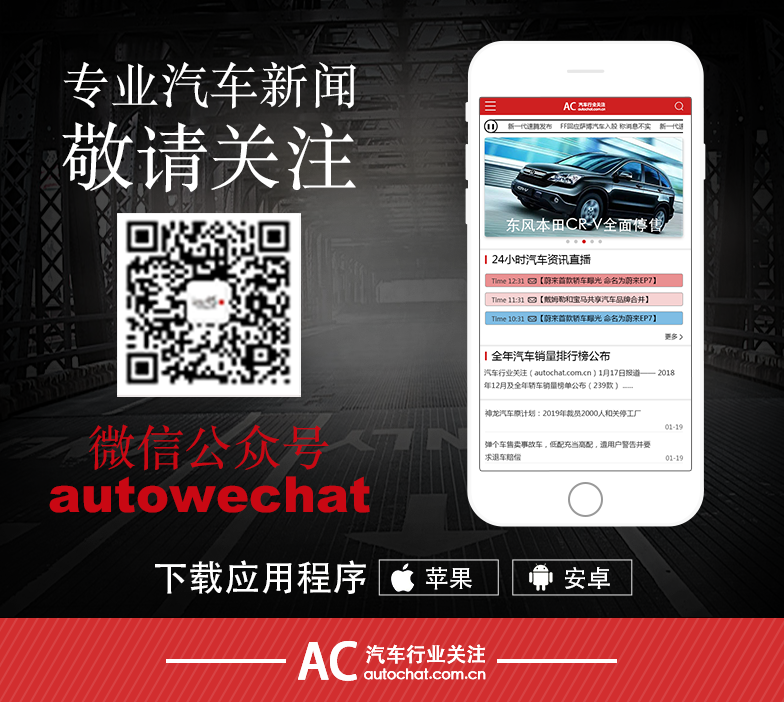In addition to Weibo, there is also WeChat
Please pay attention

WeChat public account
Shulou


2025-12-18 Update From: SLTechnology News&Howtos shulou NAV: SLTechnology News&Howtos > Development >
Share
Shulou(Shulou.com)06/02 Report--
This article mainly shows you the "sample analysis of angular two-way binding", which is easy to understand and well-organized. I hope it can help you solve your doubts. Let the editor lead you to study and study the "sample analysis of angular two-way binding".
Two-way binding principle
Two-way binding combines property binding with event binding.
Angular's two-way binding syntax is a combination of square brackets and parentheses [()].
[] perform attribute binding and () perform event binding.
The name rule is [input name] + Change.
Attribute binding (@ Input- input)-sets specific element attributes.
Event binding (@ Output- output)-listens for element change events.
So there are ngModel and ngModelChange in the two-way binding of the form, and you can also customize the two-way binding properties.
NgModel
Bidirectional binding to form elements
Import {Component, OnInit} from'@ angular/core';@Component ({selector: 'app-bind', template: `Name: {{name}} `}) export class BindComponent implements OnInit {name ='; constructor () {} ngOnInit (): void {}} effect

Custom bidirectional binding attribute component-html inner: {{value}} component-tsimport {Component, EventEmitter, Input, OnInit, Output} from'@ angular/core';@Component ({selector: 'app-inner', templateUrl:'. / inner.component.html', styleUrls: ['. / inner.component.scss']}) export class InnerComponent implements OnInit {/ / set the input attribute @ Input () valuekeeper: string / / set output event @ Output () valueChange: EventEmitter = new EventEmitter (); constructor () {} ngOnInit (): void {} onInput (value: string) {/ / trigger output event-output data this.valueChange.emit (value);}} external use import {Component, OnInit} from'@ angular/core' @ Component ({selector: 'app-outer', template: `Name: {{name}} `}) export class OuterComponent implements OnInit {name ='; constructor () {} ngOnInit (): void {}} effect

The above is all the content of the article "sample Analysis of angular two-way binding". Thank you for reading! I believe we all have a certain understanding, hope to share the content to help you, if you want to learn more knowledge, welcome to follow the industry information channel!
Welcome to subscribe "Shulou Technology Information " to get latest news, interesting things and hot topics in the IT industry, and controls the hottest and latest Internet news, technology news and IT industry trends.
Views: 0
*The comments in the above article only represent the author's personal views and do not represent the views and positions of this website. If you have more insights, please feel free to contribute and share.

The market share of Chrome browser on the desktop has exceeded 70%, and users are complaining about

The world's first 2nm mobile chip: Samsung Exynos 2600 is ready for mass production.According to a r


A US federal judge has ruled that Google can keep its Chrome browser, but it will be prohibited from

Continue with the installation of the previous hadoop.First, install zookooper1. Decompress zookoope







About us Contact us Product review car news thenatureplanet
More Form oMedia: AutoTimes. Bestcoffee. SL News. Jarebook. Coffee Hunters. Sundaily. Modezone. NNB. Coffee. Game News. FrontStreet. GGAMEN
© 2024 shulou.com SLNews company. All rights reserved.